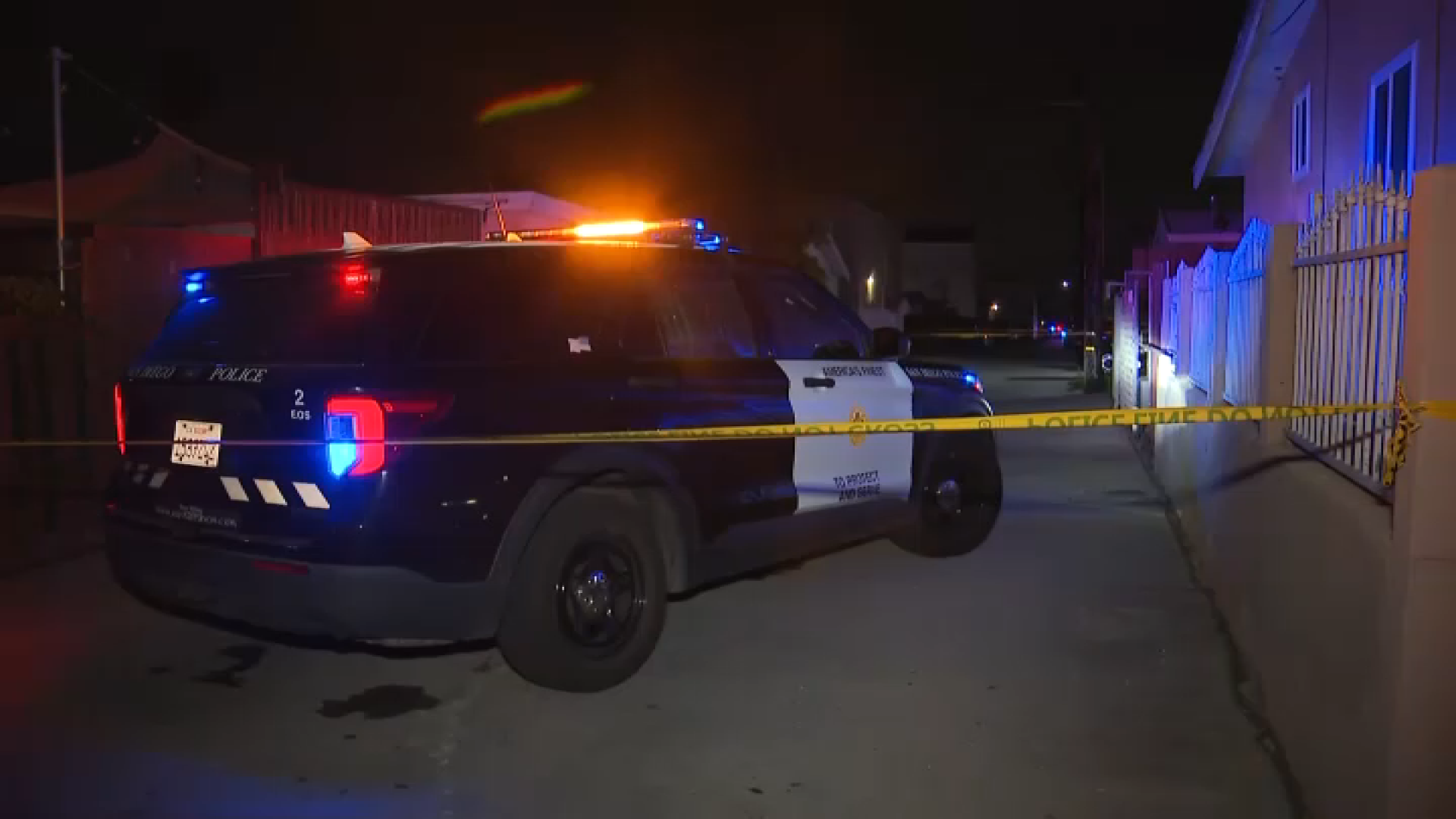The Great Blackout was not due to one single incident but a ripple effect that could have been prevented with better planning and awareness of conditions according to a report released Tuesday by federal regulators.
The eight-month review looked into how electrical grids in Southern California, Arizona and Baja lost power for more than a day, in some cases, on September 8, 2011.
A single line in Arizona that was tripped during maintenance work did not cause the blackout, according to the report, but it did start a series of events that led to the loss of power throughout San Diego, Imperial County, Yuma, Ariz. and Baja California, Mexico.
The tripping mechanisms are designed to protect the system from damage, though in this case, they caused more harm than good, the report found.
"On September 8th, even though protective systems operated as designed, they made matters worse," said FERC lead Heather Polzin said Tuesday. "Which calls into the question whether they were properly designed, studied or coordinated."
Over an 11-minute span, power failures cascaded through several Southwestern energy grids, leaving almost seven million people without electricity from mid-afternoon until just before daybreak with declining numbers still affected until late afternoon the next day.
Read Report: Blackout Sequence of Events
Local
“The bulk electric system is required to be operated so that the loss of a single line, or the occurrence of any other single contingency, such as loss of a generator or a transformer, does not result in instability, uncontrolled separation or cascading,” Polzin wrote in the report.
“What happened on September 8 was that the system was not being operated in that manner.”
The line, carried power in an east-west direction from generators in Arizona into the San Diego area. Once that line tripped, power flows were redistributed throughout the system. Added to lower than peak generation levels in San Diego and Mexico, this redistribution of power "created sizeable voltage deviations and equipment overloads" the report explains.
From there, transformers, transmission lines and generating units tripped offline in a short amount of time. The report continued:
Just seconds before the blackout, Path 44 carried all flows into the San Diego area as well as parts of Arizona and Mexico. Eventually, the excessive loading on Path 44 initiated an intertie separation scheme at SONGS, designed to separate SDG&E from SCE. The SONGS separation scheme separated SDG&E from Path 44, led to the loss of the SONGS nuclear units, and eventually resulted in the complete blackout of San Diego and Comisión Federal de Electricidad’s (CFE) Baja California Control Area.
Had transmission operators indentified possible problems before they occurred and adopted measures to prevent cascading prior to the loss of that line, they could have taken corrective actions as soon as possible according to investigators.
The report suggested in the right conditions, the outage may have lasted no longer than 30 minutes after the initial line was tripped.
“This report highlights the growing need for more coordination of grid operations in the West,” FERC Chairman Jon Wellinghoff said in a prepared news release.
Key recommendations include better planning by transmission operators to make up for problems at facilities outside their systems.To help with that, Polzin suggests those operators share more real-time-data.
The report on the largest blackout in California history was issued around 10:30 a.m. PT Tuesday in Washington, D.C.
Early reports of what happened cited human error however, critics found it laughable that the scenario of a "Homer Simpson" mishap in Arizona could explain how power to the Southwestern corner of the U.S. and much of Northern Baja was lost so quickly and completely.
Utility ratepayer activist Michael Shames doesn't deny that there could have been equipment and systemic issues along grids that sustained 23 separate events spiraling into blackout. But after the report was released, he said ratepayers will have difficulty trusting SDG&E again.
"Apparently many of the transmission operators had no idea that a major power plant had been taken off-line for servicing, and wasn't available," Shames said. "They didn't even know! So when you have a situation where the people running the show don't know what's out there, they can't see the road, then you're going to have an accident."
San Diego Gas and Electric officials were withholding comment on all this until the federal investigators' report was released and reviewed.
Their statements from the outset emphasized that the automatic "tripping" mechanisms worked as designed, to protect the system from widespread damage.
Follow NBCSanDiego for the latest news, weather, and events: iPad App | iPhone App | Android App | Facebook | Twitter | Google+ | Instagram | RSS | Text Alerts | Email Alerts



